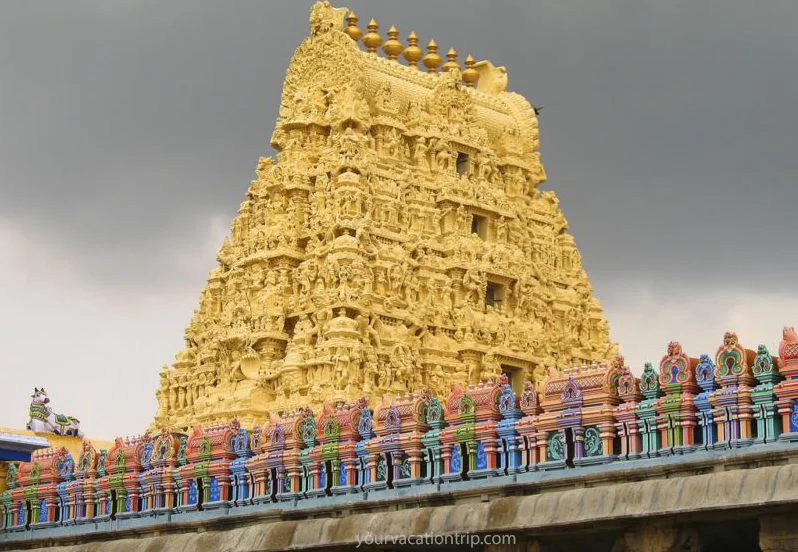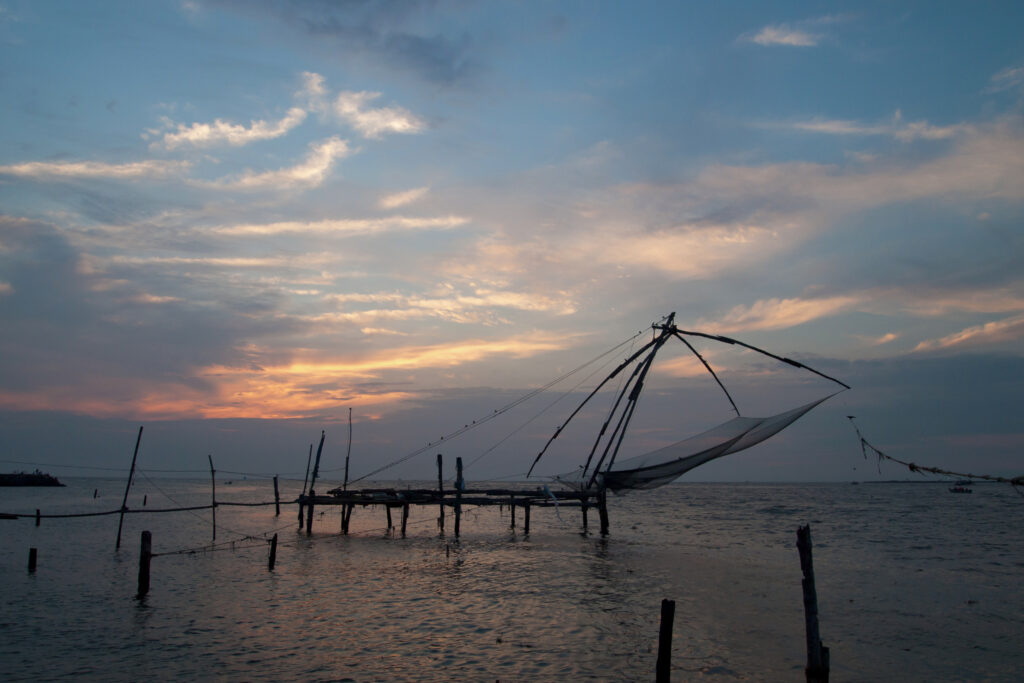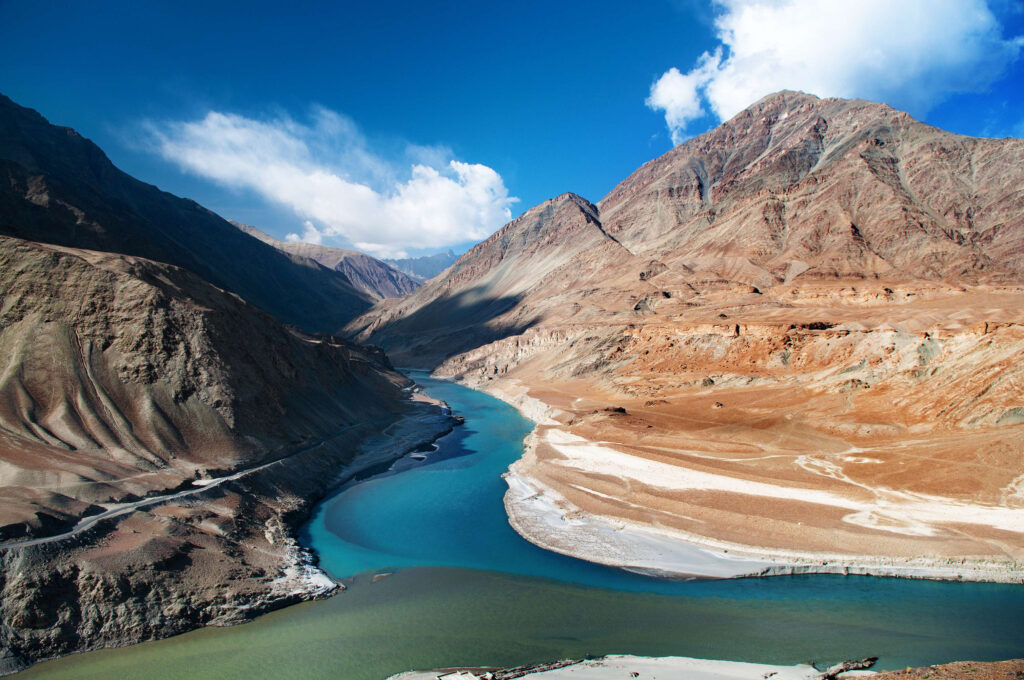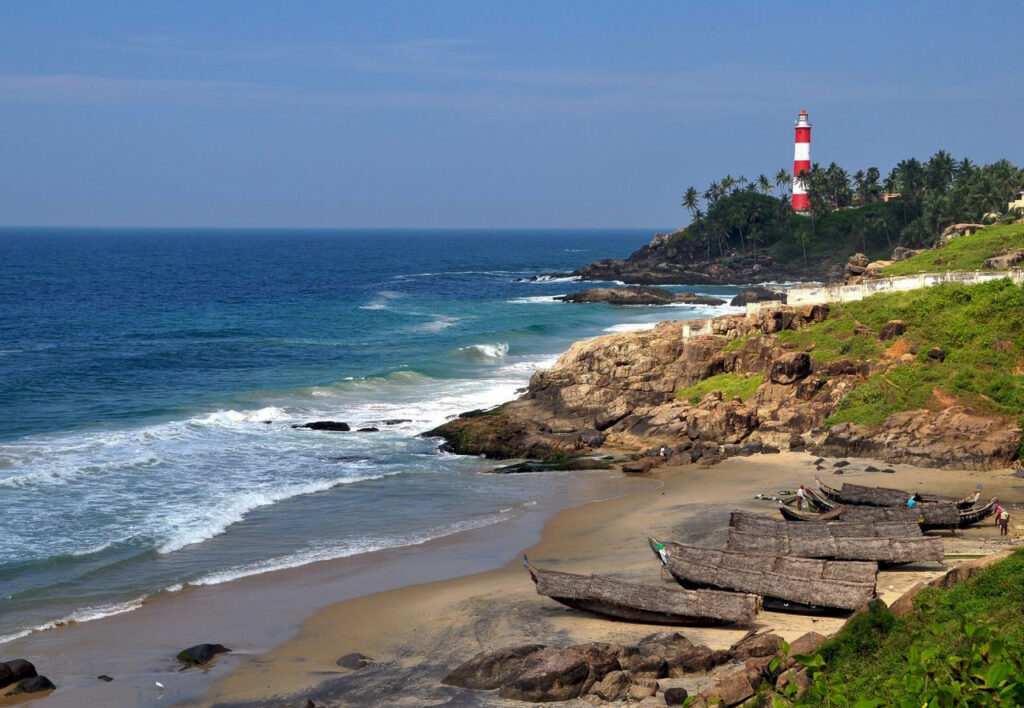A Hindu temple “Shree Rameshwaram Mandir” in Rameshwaram (Tamil Nadu) is named for Lord Shiva, one of the gods who make up the trinity of gods. The temple is known as Irmantasvmi Kyil in Tamil, which translates to “house of Ramanathaswamy,” or Lord Shiva. This is how the name Rameshwaram was given to the city. The term “Lord of Rama” relates to Lord Shiva, the presiding deity of the Ramanathaswamy Temple, and the word Rameshwaram has its roots in the Sanskrit language (Rma-varam).
Shree Rameshwaram Mandir, Tamil Nadu
Click here to get location of Ramanathaswamy Temple

Darshan Entry Fees & Timing At Shree Rameshwaram :
- Quick Darshan : 6:30 am – 7:00 pm – 250 Rs Per Person
- Spatika Linga Darshan : 5:10 AM – 50 Rs Per Person
- 22 Wells Bath : 6:00 am – 7:00 pm – 25 Rs Per Person
- Abhishekam : 7:00 am – 6:00 pm – 1500 Rs Per Person
Unique Things About The Temple :

- Lengthiest Corridor: The Ramanathaswamy Temple boasts one of the longest temple corridors in the world, measuring around 1,220 meters (4,000 feet). This remarkable corridor is lined with intricately carved pillars and features a stunning architectural design.
- Holy Water Tanks: The temple complex contains 22 holy water tanks, also known as “teerthams.” It is believed that taking a ritual bath in these tanks before entering the main temple sanctum is spiritually cleansing. The Agni Teertham, located on the seashore, is especially revered.
- Rama’s Footprints: One of the unique features of the temple is a pair of footprints believed to belong to Lord Rama. These footprints, known as “Ram Padam,” are enshrined in a room within the temple. Devotees often seek blessings by touching these footprints.
- Sethu Karai: The temple is situated on Rameswaram Island, which is connected to the mainland by the Pamban Bridge. According to the Hindu epic Ramayana, this is the spot where Lord Rama and his army built a bridge (Adam’s Bridge or Rama Setu) to reach Sri Lanka to save Sita.
- Jyotirlinga and Shrines: Ramanathaswamy Temple is one of the 12 Jyotirlinga shrines dedicated to Lord Shiva. The temple complex includes numerous shrines dedicated to various deities, making it a significant pilgrimage site for both Shaivites and Vaishnavites.
- Architecture and Carvings: The temple’s architecture showcases a splendid blend of Dravidian and Pandya architectural styles. Intricate carvings representing various mythological stories adorn the walls, adding to the temple’s visual grandeur.
- Nandi Pavilion: The temple has a massive Nandi (bull) sculpture carved out of a single rock, placed in a separate pavilion. This Nandi is said to be one of the largest in India.
- Floating Stones: The temple’s legendary “floating stones” hold a special place in local mythology. It is said that the stones used to build the bridge to Sri Lanka remain afloat when placed in water due to their religious significance.
- Rituals and Festivals: The temple is known for its intricate and unique rituals, including the “Agni Pradakshina” where devotees walk around a sacred fire pit. The “Arudra Darshan” festival, dedicated to Lord Shiva, is celebrated with great enthusiasm.
- Spiritual Importance: Ramanathaswamy Temple is considered one of the holiest pilgrimage sites for Hindus. It is believed that a visit to this temple and taking a dip in the holy waters can bathe one’s sins and pave the way for spiritual liberation.
Tips For Traveler
Travelers are required to follow certain dress codes, especially men who can enter the temple wearing vests and shirts. Even cotton pants with shirts are allowed, but no jeans and T-shirts. People, both men and women cannot enter if their dress is wet.
Trip Plan For Shree Rameshwaram Mandir
Read More About Places to visit in Tamil Nadu https://www.yourvacationtrip.com/best-places-to-visit-in-tamil-nadu/

Planning a trip to Rameshwaram in Tamil Nadu can be an exciting experience. Rameshwaram is a renowned pilgrimage destination known for its ancient temples, beautiful beaches, and cultural significance.
Here’s a suggested trip plan to help you make the most of your visit:
Day 1: Arrival in Rameshwaram
- Arrive in Rameshwaram by train or flight (nearest airport: Madurai).
- Check-in to your hotel and rest for a while.
- Visit Ramanathaswamy Temple, one of the holiest Hindu temples, known for its magnificent architecture and religious importance.
- Explore Agnitheertham Beach and take a dip in the holy waters.
- Enjoy the sunset view at Dhanushkodi Beach.
- Return to your hotel and relax for the night.
Day 2: Rameshwaram Sightseeing
- Early morning, visit Pamban Bridge, an engineering marvel that connects Rameshwaram to the mainland.
- Explore Gandhamadhana Parvatham, a hillock with panoramic views of the town and the sea.
- Visit the Five-faced Hanuman Temple known for its floating stones.
- Afternoon visit to Kalam National Memorial, dedicated to former President Dr. APJ Abdul Kalam.
- Spend the evening at Villoondi Tirtham Beach and enjoy the serene surroundings.
- Return to the hotel and rest.
Day 3: Day Trip to Dhanushkodi
- Take a day trip to Dhanushkodi, a unique and historically significant place.
- Explore the ruins of the town, which was devastated by a cyclone in 1964.
- Visit the Ram Setu View Point, offering breathtaking views of the Adam’s Bridge.
- Spend some time at the Dhanushkodi Beach and enjoy the tranquil atmosphere.
- Return to Rameshwaram in the evening.
- If time permits, you can visit other local temples or explore the markets for souvenirs.
- Overnight stay in Rameshwaram.
Day 4: Departure
- Check-out from the hotel after breakfast.
- Depending on your departure time, you can visit some local markets for shopping or relax at a nearby beach.
- Depart from Rameshwaram with cherished memories and a sense of spiritual enrichment.
- Rameshwaram experiences hot and humid weather, so pack lightweight and breathable clothing.
- Carry sunscreen, hats, and sunglasses to protect yourself from the sun.
- Respect the religious customs and traditions while visiting temples.
- Keep a copy of your ID and travel documents with you at all times.
- Make sure to try local South Indian cuisine at authentic restaurants.
FAQ About Rameshwaram Mandir
Can I wear jeans in Rameshwaram temple?
Cotton pants with shirts are permitted, while jeans and t-shirts are not. Both men and women are barred from entering if their clothing is wet.
How to visit Ram Setu?
Visitors must board a ferry from the beach to travel to the Ram Setu.
Is it compulsory to take bath in Rameshwaram?
It is a myth that taking a bath is compulsory. That is not the case.



